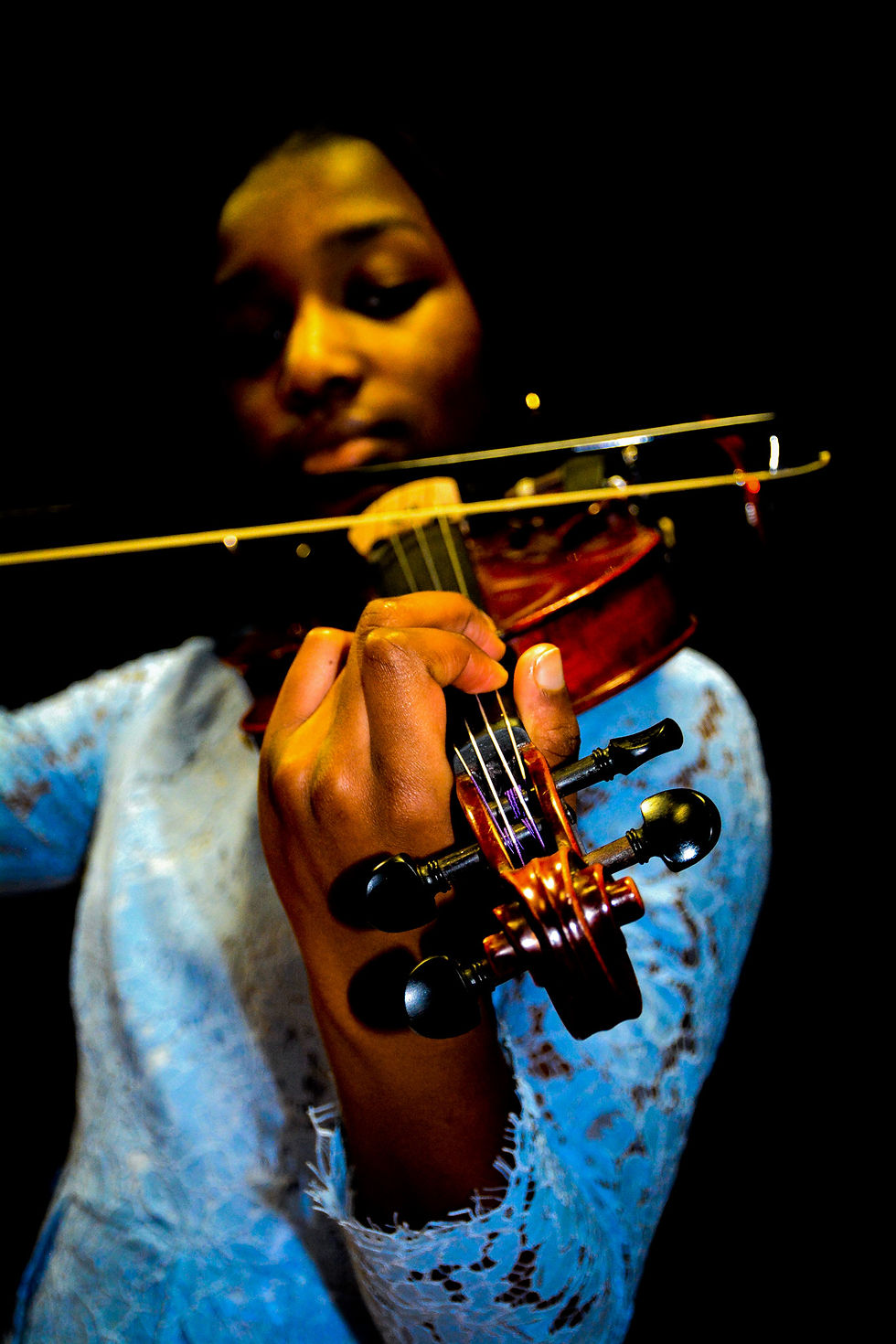Did you know that the way you light your subject can drastically change the mood and the tone of your images, particularly when it comes to portrait photography? Check out paint by light images as a reference.
This blog is a comprehensive guide to using lighting in photography to create stunning images. Whether you are new to photography, or a seasoned pro, understanding how to use different types of light sources, reflectors, and diffusers will help you achieve the perfect look for your subject

Understanding how to use lighting is a crucial skill in creating the desired look and feel for your photos. One of the most important things to understand about lighting is that there are different types of lighting sources, each with their own characteristics and effects on your subject.
When you are finished reading this, (possibly a few times) you will have the basic understanding on how to light up your photography.
What kind of mood and tone do you want your images to have?
Create a checklist of what needs to be considered for the photo shoot. If you want to become a professional photographer, you need to make sure that you are educated and prepared. I will create a blog on checklists soon. Make sure that when you are creating your checklist that you include light sources.
Natural Light
This type of lighting is a popular choice among portrait photographers. It offers a soft, diffused quality. When shooting outdoors, you can create different looks by changing the time of the day that you shoot. When you shoot with the sun behind your subject it can create a beautiful backlit effect, while shooting with the sun in front of your subject can create harsh shadows. Experiment with different angles and positions to find the look that works best for your subject and the mood that you want to create.
Sometimes it just takes a little change to make a huge difference.
Artificial Light
Have you heard about paint by light? It is a creative photography technique that involves using artificial light sources such as a flashlight, or a torch, to illuminate specific areas of the scene during a long exposure. This style of photography needs to be done in a dark location and you will want to set your camera to manual mode. The exposure time is determined by the ambient light and the effect that you wish to achieve, so anywhere from a few seconds to a few minutes. You will find that using a smaller aperture such as f/11 or f/16. This will increase the depth of field, and keep the entire scene in focus. Adjust your ISO to the desired exposure that you want, just avoid going too high with the ISO as it will create noise into the image.
Another source of artificial light is a softbox, which creates a soft even light on the subject. This can create a classic look that is perfect for portraits.
When setting up your light sources around a model, it is important to consider the desired effect and the shape of the subject. The most common lighting arrangement for portraits is the three -point lighting setup, which consists of a key light, fill light, and backlight. With the key light being the primary source, angle it at a 45-degree angle to the subject. The fill light gets placed at the opposite side of the key light. This helps to fill shadows and soften the overall lighting. Do not be afraid to move your lighting in order to increase or decrease the intensity of the light.This will give you an idea of the different moods and tones that you are able to create.
You can experiment with different coloured light sources or gels to create a unique look. If you are wanting to create dramatic shadow, a more directional light source light a spotlight or grid can be used. I enjoy the shadows that a set of blinds (with a light source behind it) cast across the body. Do not be afraid to try something, the worst that happens is you grow from the attempt.
Reflectors and Diffusers
These accessories can help you manipulate the light in your scene. A reflector is a surface that reflects light back onto the subject, while the diffuser is used to soften and spread out the light. Using a reflector will help you fill in shadows and create more even light on your subject. White and silver reflectors offer a natural, and subtle effect, and the gold reflector provides a warm, golden glow.
Large diffusers such as a softbox or umbrella, create a more directional, dramatic effect. Diffusers work by scattering light in different directions, creating a more even and natural looking illumination. There are a variety of diffusers to choose from. Scrims are typically used with outdoor photography. When you place it between the subject and the sun it diffuses the sunlight. Diffusion panels are large sheets of translucent fabric that be used to soften and diffuse light from multiple sources.
Like all things in photography, you will only get a true understanding by experimenting, practising, and being creative.
Comments